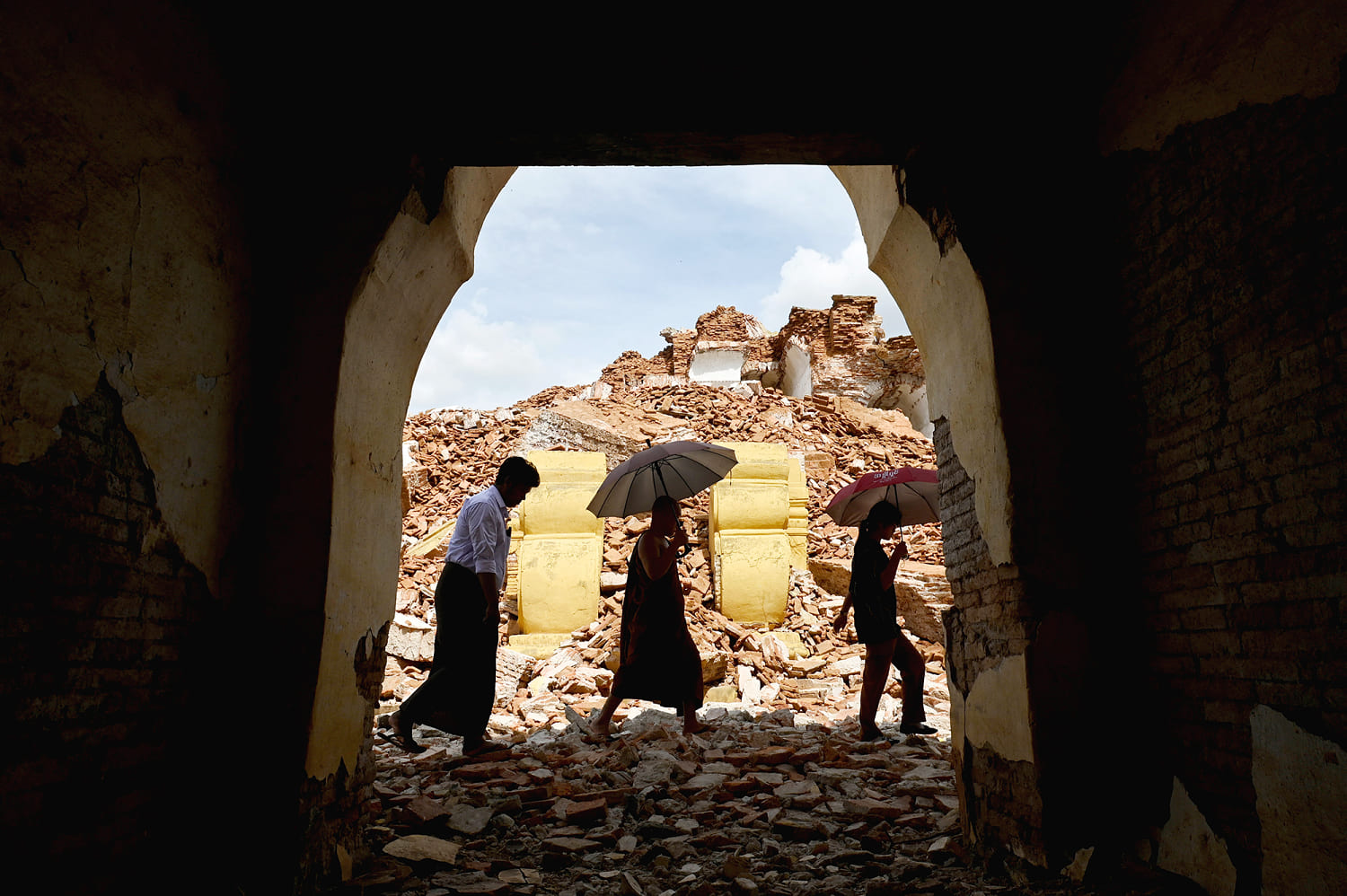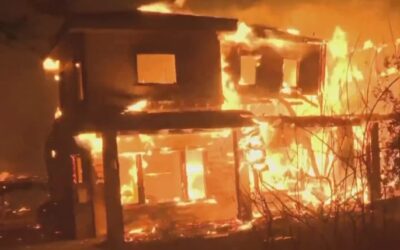The economic toll of wildfires, severe storms and earthquakes is soaring


Weather disasters in the first half of this year have cost the United States $93 billion in damage, according to a report released Tuesday by a German multinational insurance company.
The analysis by Munich Re, the world’s largest reinsurer, found that more than 70% of all damage globally from weather disasters so far this year occurred in the U.S., with uninsured Americans and their local governments experiencing a whopping $22 billion in damage.
The report shows the soaring economic toll that wildfires, severe storms and other extreme events are exacting in the U.S. and globally. The findings also highlight the growing insurance crisis playing out in parts of the country that are prone to frequent weather disasters.
“We have seen some 90% of all losses for the insurance industry — so 72 out of 80 billion U.S. dollars — have happened in the U.S.,” said Tobias Grimm, Munich Re’s chief climate scientist. “That’s extraordinary.”
The devastating wildfires in Southern California in January topped the list of the country’s costliest disasters in the first half of 2025. The two largest fires, which killed at least 30 people and displaced thousands more, ripped through the communities in Pacific Palisades and Altadena, fanned by strong Santa Ana winds.
Munich Re estimated that the wildfires caused $53 billion in losses, including about $13 billion in damages for residents without insurance. The reinsurer said the Los Angeles-area blazes resulted in the “highest wildfire losses of all time.”
The wildfires’ huge economic and societal toll was due in part to increased development in fire-prone areas.
“Losses are on the rise because often properties are in harm’s way,” Grimm said. “People still live in high-risk areas.”
Urban development in hazard-prone areas can similarly drive up the cost of other weather-related disasters, such as hurricanes and flooding, which are becoming more frequent and severe due to climate change.
Studies have shown that climate change is making wildfires more frequent because of warmer temperatures and worsening drought conditions. Blazes are also becoming more intense, as a result.
A report released in late January from the World Weather Attribution group found that the hot, dry and windy conditions that helped the fires consume large swaths of Southern California were about 35% more likely because of human-caused global warming.




